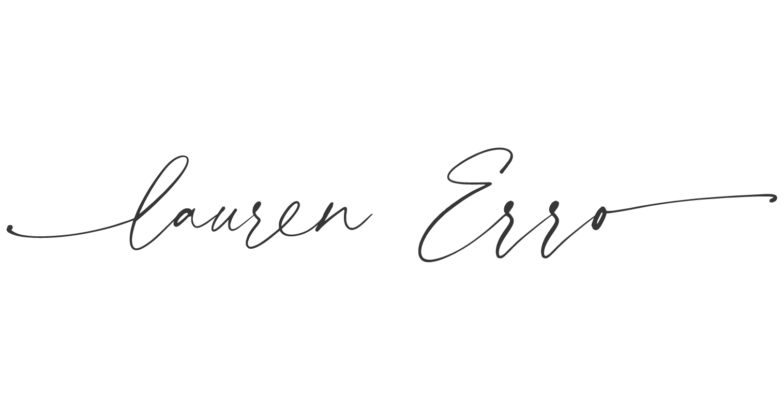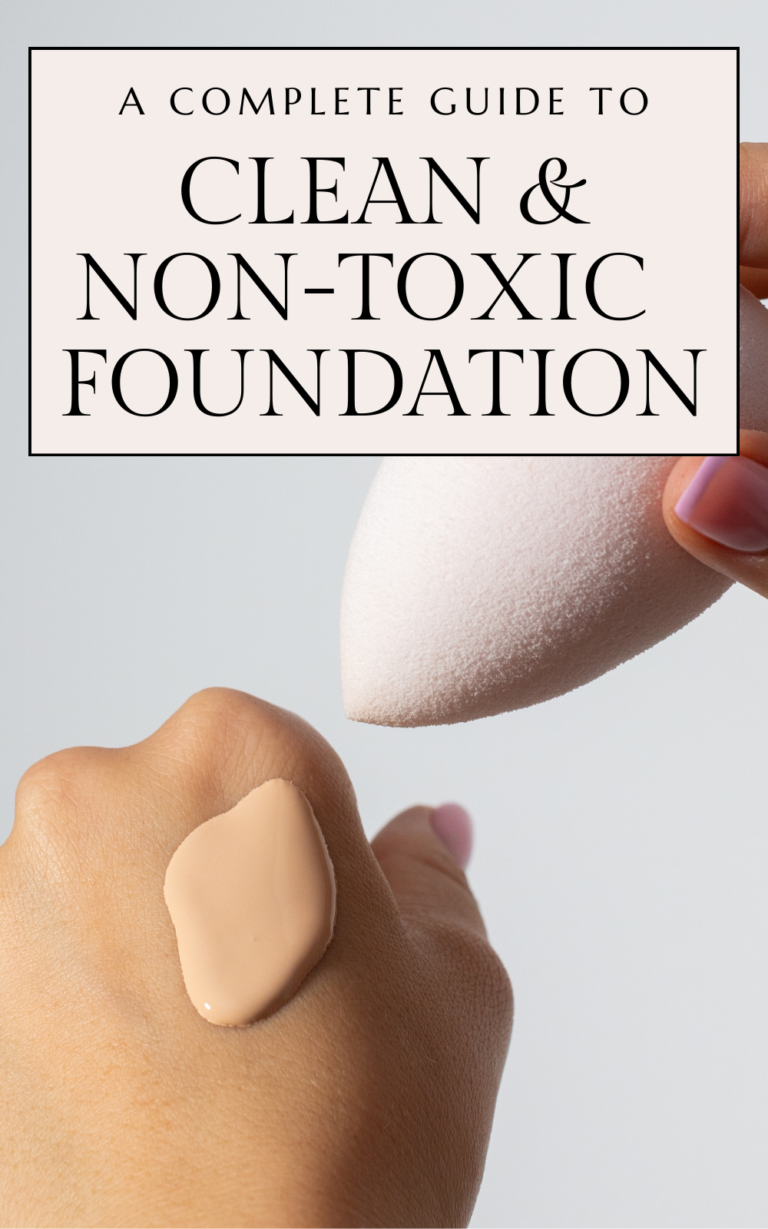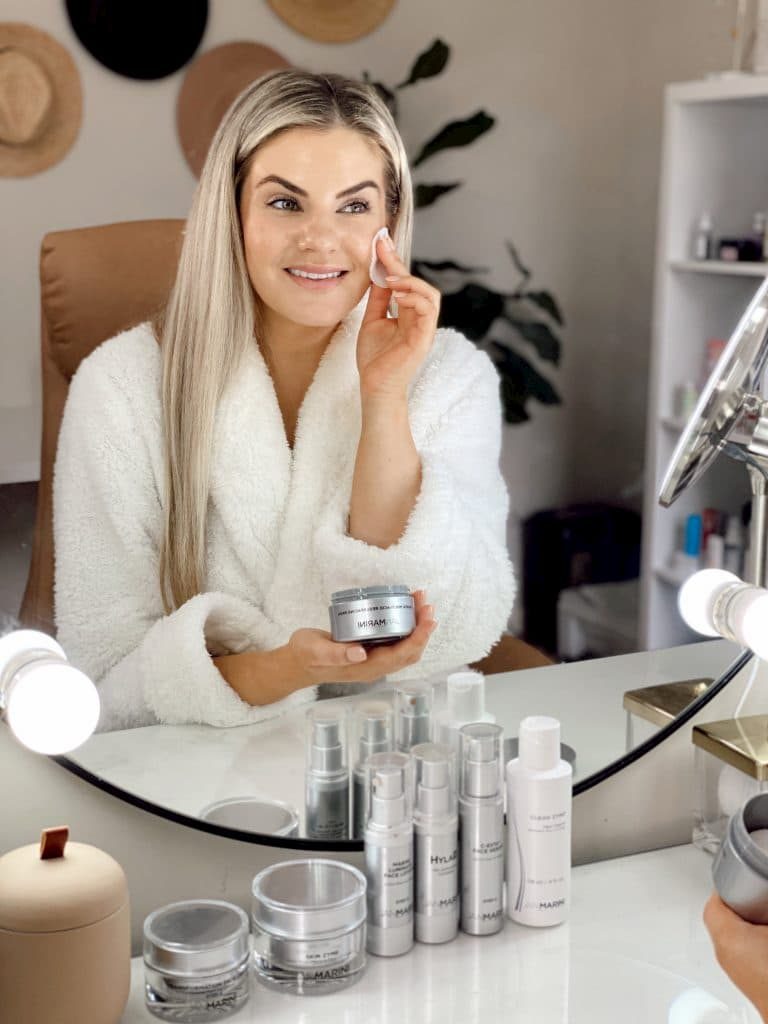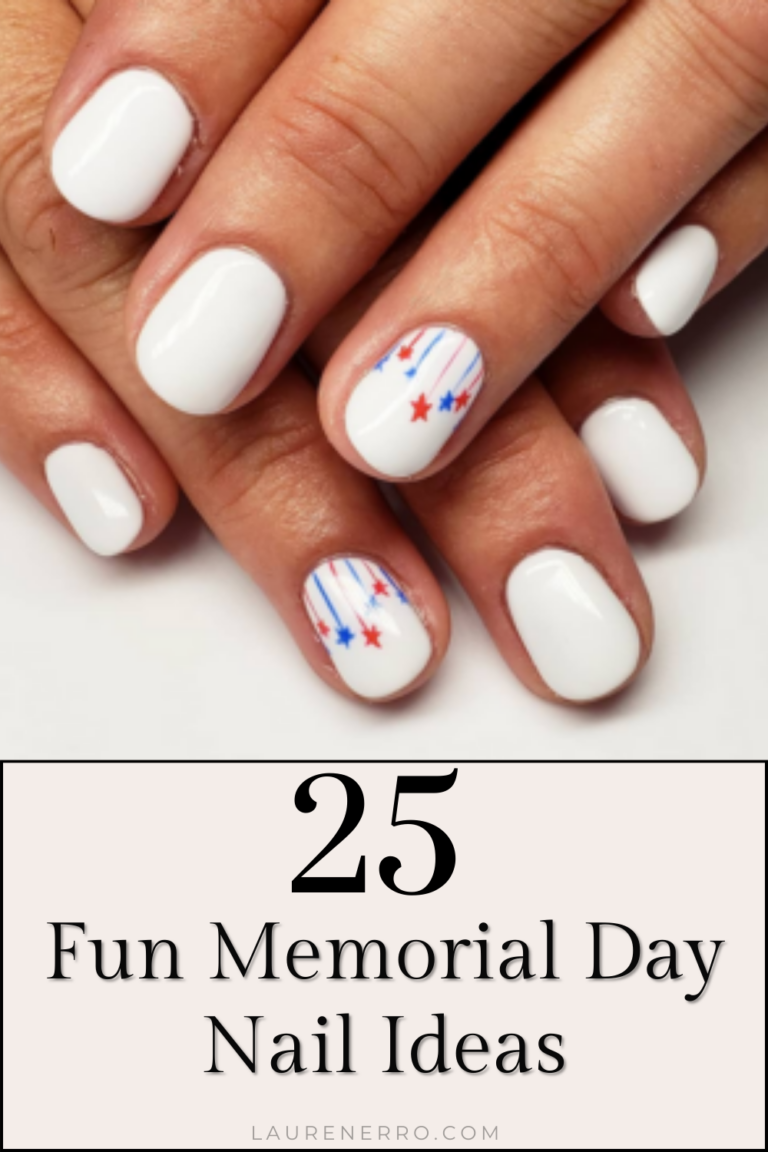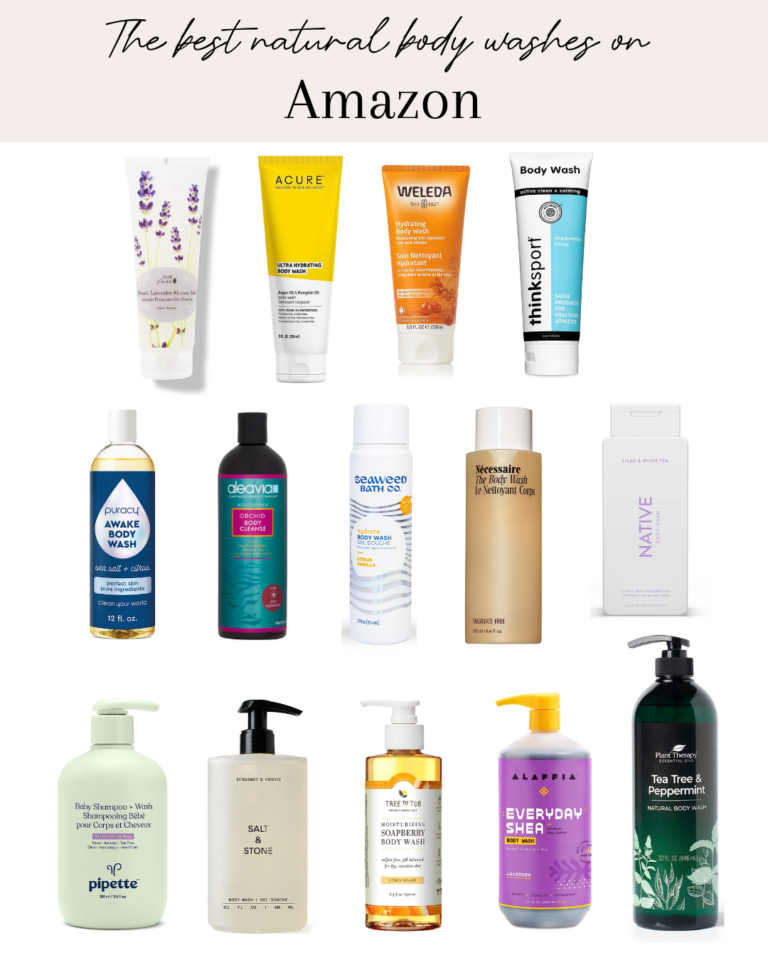Yes, we’re putting snail slime on our faces now… everything you need to know about snail mucin
I’m always down to test new skincare ingredients but when I learned people are using snail slime (aka snail mucin) in skincare even I took pause. I mean… gross, right? Of course, I still tried it (and love it) and now I’ve been using skincare products with snail mucin for a few years. I nonchalantly mentioned snail mucin on my Instagram and so many people messaged me in horror! So I decided to write this blog post to break it all down for you. Let’s discuss everything you need to know about snail mucin before you try it.
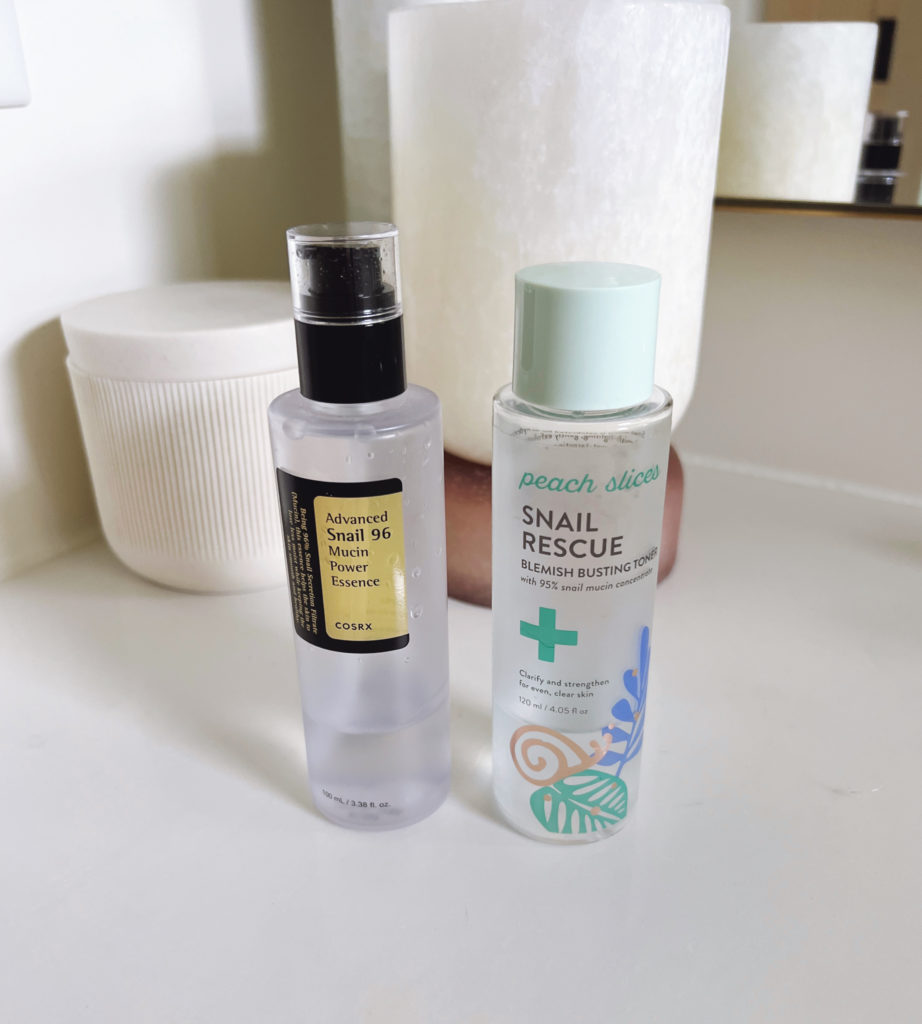
This site contains affiliate links, view the disclosure for more information.
Who discovered putting snail mucin on our skin?
Snail mucin has been around for centuries. Back around 400 B.C. in ancient Greece, Hippocrates reportedly prescribed crushed snail shells in an ointment to treat inflammation. The idea was reborn in the ’80s when workers on a Chilean snail farm began observing their hands were softer and plumper after handling snails. In the early 2000s snail mucin began popping up in Korean beauty products. It became pretty big in the States in the late 2010s.
Is it really from snails?
Yes! Snail mucin is the mucus snails secrete to protect them from cuts and scrapes as they slither around. If you’ve ever spotted a snail in the wild, you’ve likely noticed the ”slime trail” they leave behind as they slide across their environment, which is what we call mucin. It’s used as a lubricant that helps them move, but also as a glue to help the snail stay on a surface without falling even on vertical surfaces!
What does snail mucin do for your skin?
Snail mucin has so many benefits for your skin! It can be used to combat acne, boost collagen production to help with aging, help with hydration, and improve a weakened skin barrier. Snail mucin is made up of components like allantoin, glycolic acid, hyaluronic acid, and peptides. All of those are well-studied ingredients that are regularly used in many skincare products.
More details on the benefits of snail mucin:
- Moisturizes the skin: Snail mucin contains moisturizing agents that work to repair the barrier function of the skin, both locking out irritants from the environment while also simultaneously locking in moisture.
- Stimulates collagen production: Snail mucin has growth factors that work by triggering the growth of new skin cells and new collagen. It also contains glycolic acid, another known collagen booster. As we age we lose collagen so our skin looks less plump, and fine lines and wrinkles start to appear- anything that can help boost collagen is a win to me!
- Soothes irritation: Allantoin is another ingredient in snail mucin with healing properties that calms irritation, smoothes the skin, and stimulates cell regeneration. The antimicrobial properties in snail mucin can help treat breakouts by fighting the bacteria that contribute to acne. As I mentioned before, snail mucin has Glycolic acid, an AHA, which has been shown to help unclog pores, improve skin texture, reduce fine lines and wrinkles, boost collagen production, and more!
- Delivers important vitamins and minerals: Snail mucin is loaded with a list of good-for-your-skin nutrients, including anti-inflammatory zinc and healing manganese. It contains copper peptides, also lauded for their collagen-increasing and wrinkle-decreasing effect. It also contains vitamins A and E, both of which are great antioxidants.
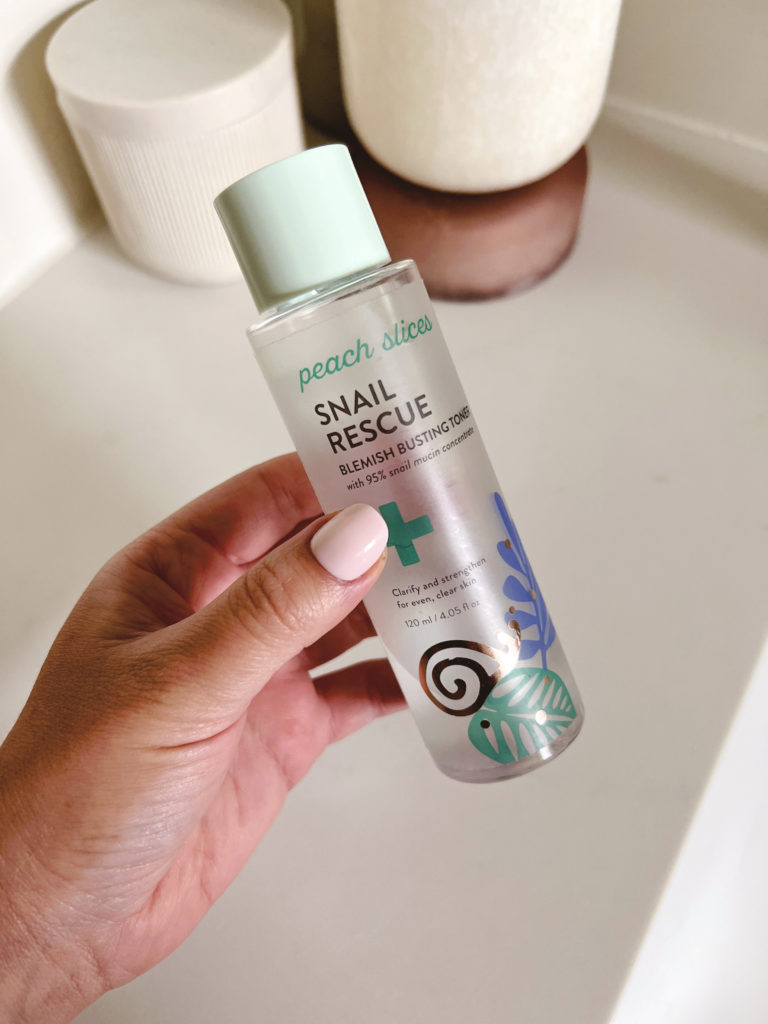
How to use it:
Snail mucin is easy to incorporate into your skincare routine and it can be combined with any of your other skincare products- some ingredients clash when combined with each other, but not snail mucin.
There are a few different ways snail mucin is used in skincare- I have the toner version that I use right after I wash my face- just apply it to a cotton round and wipe your skin. I use this when I don’t need extra hydration but want all of the benefits of snail mucin.
I also have the serum which I love for when I’m feeling extra dry. Apply this right after toner. If I’m using the serum snail mucin I use one of my other toners- I like to apply the serum on damp skin. BTW, I ALWAYS use toner because our tap water is disgusting and unless you have a whole house filter I doubt you have clean water coming from your sinks. This shower filter definitely has helped my skin and my hair. Replace the filter every 3 months- I have a post about this coming soon!
There is also a moisturizer I am excited to try! It’s in my cart and I’ll be testing it soon. One thing I really love about snail mucin is the products that have it are pretty reasonably priced!
You can use snail mucin as often as you like. It won’t irritate your skin and it works well with other ingredients. I usually use it 2x a day.
What are the possible side effects?
Snail mucin is well-tolerated by most individuals thanks to its gentle makeup. Of course, if you have a known snail allergy you may want to stay away. Right now, there’s no known evidence to say that snail mucin may negatively interact with any other skincare ingredients. But everyone’s skin is different!
When trying a new product or active ingredient, test a small area of your skin before applying it all over.
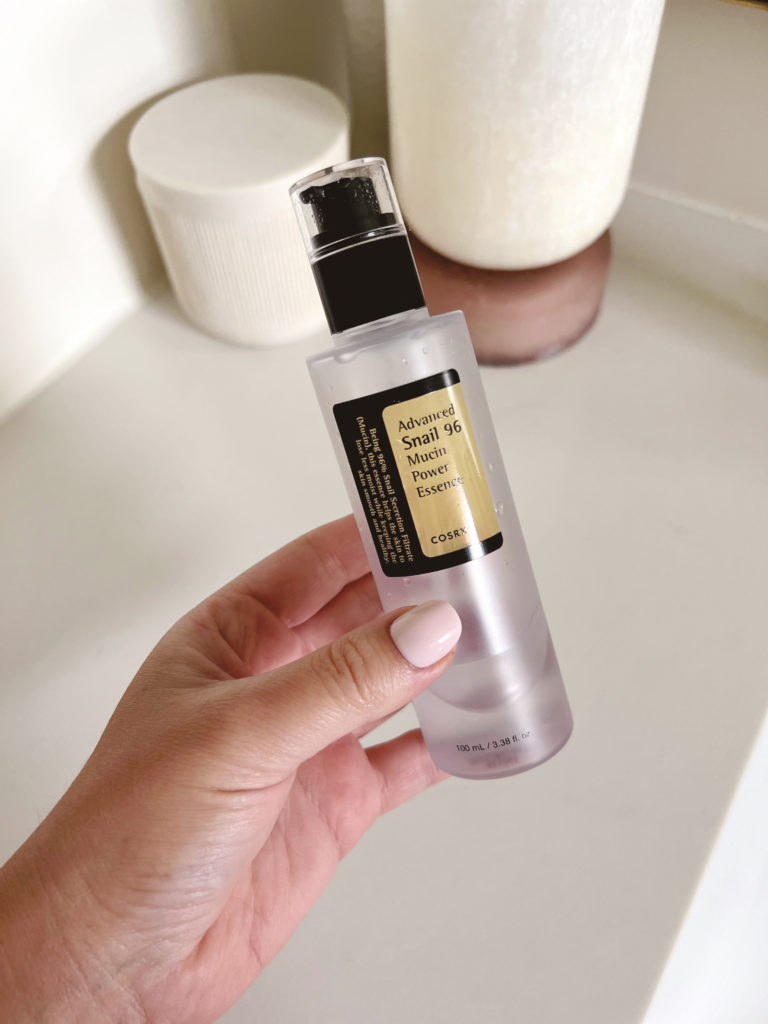
Does snail mucin clog pores?
No! This lightweight ingredient is non-comedogenic and won’t clog your pores. Since it has antimicrobial and wound-healing properties it can actually speed up the acne-healing process.
After reading this I’m sure you can see why snail mucin has become so popular in skincare! It’s such a powerhouse ingredient and my skin LOVES it!
Have you tried snail mucin?
Shop the products I mentioned here:
This Post Has Everything You Need To Know About Snail Mucin
If you liked this post, you may also enjoy…
Awesome Natural Body Washes From Amazon
The Best elf Makeup Dupes That You Will Love
xx,
Lauren
